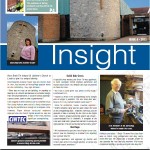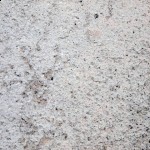It’s just over 25 years since I started Brick-Tie and our forth annual newsletter showcases a handfull of jobs done over the past year including specialist structural repairs to commercial buildings, cintec and helifix tie work, conservation work and news on more training and awards for my team. Click here to view pdf.. I’m very […]
Capillary active waterproofing? (for concrete).
Concrete is not generally waterproof. Pores and cracks within will let water through and the age old problem is how to stop it. Most methods involve sticking a layer of something other than concrete on one side of the slab/wall or another. Usually these are bitumen based, with little affinity for damp concrete. Applying them […]
Type A waterproofing to BS8102 – here’s how.
Well, before any waterproofing is done, there’s obviously a design stage, so strictly speaking I’ve jumped the gun here – going directly to the business of actually waterproofing the building. As with all materials used for type A waterproofing, the preparation is key to success. Skimp on the prep’ and the project will fail. This […]

